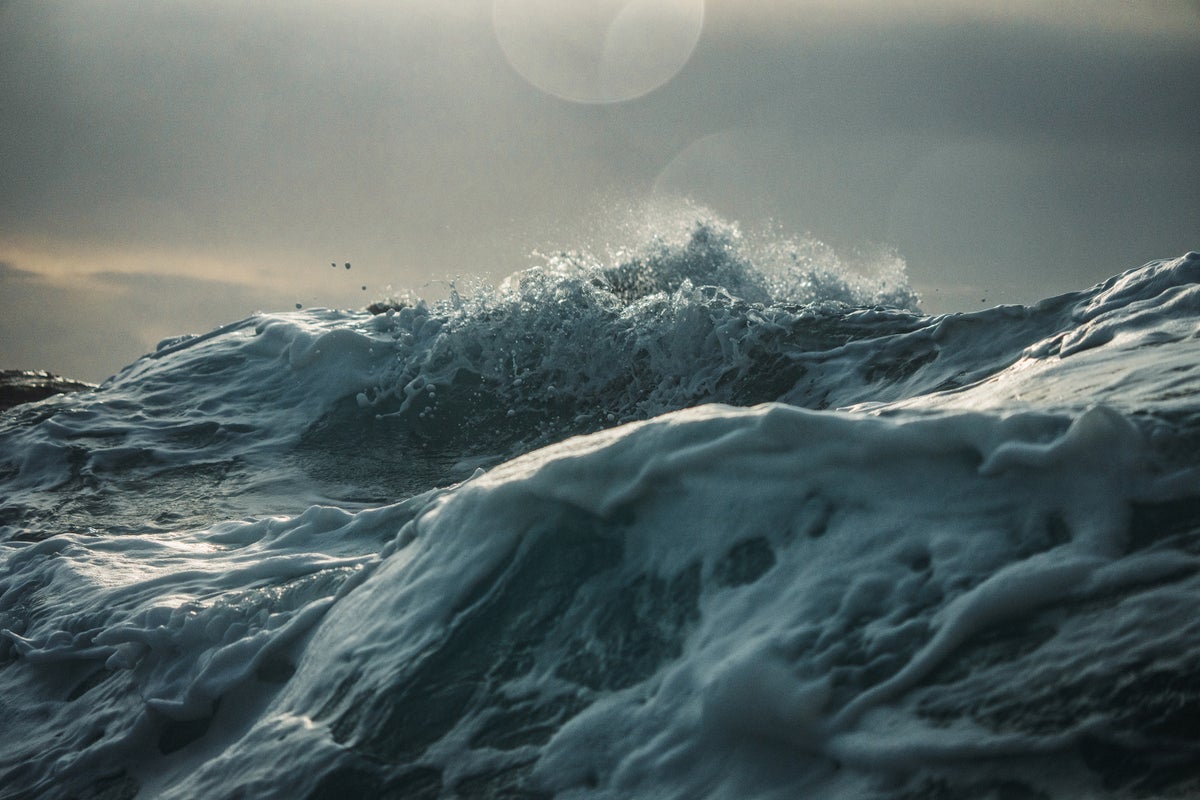Deep-Sea Desalination Pulls Drinking Water from the Depths
Companies are experimenting with deep-sea tech to produce cheaper fresh water
From Cape Town to Tehran to Lima to Phoenix, dozens of cities across the globe have experienced water shortages recently. And in the next five years the world’s demand for fresh water could significantly outpace supply, according to a United Nations forecast. Now several companies are turning to an unexpected source for a solution: the bottom of the ocean.
Costs and energy requirements have kept desalination from going mainstream in most of the world. Early desalination involved boiling seawater and condensing the steam, a purely thermal method that used loads of energy. This approach was later replaced by multistage flash distillation, in which temperature and pressure “flash” salt water to steam. In the past 25 years reverse osmosis has become more common—it uses high pressure to push seawater through a membrane with holes so small that only water molecules squeeze through, leaving salt behind.
If you’re enjoying this article, consider supporting our award-winning journalism by subscribing. By purchasing a subscription you are helping to ensure the future of impactful stories about the discoveries and ideas shaping our world today.
Reverse osmosis is more efficient than distillation, but it takes a lot of energy to pressurize millions of gallons of seawater and move it through filters. What if we could let that movement happen naturally by harnessing the pressure hundreds of meters underwater?
That’s the idea behind subsea desalination. Reverse osmosis pods are submerged to depths of around 500 meters (1,600 feet), where immense hydrostatic pressure does the heavy lifting of separating water from salt. Purified water is then pumped back to shore. Far-fetched as it may sound, there are multiple prototypes already at work; the companies behind them aim to take cheap, large-scale desalination from pipe dream to reality.
One of these companies is Oslo-based Flocean. Its founder and CEO, Alexander Fuglesang, says there’s no revolutionary new technology behind his business; it’s “essentially a subsea pump cleverly coupled to existing membrane and filter technology,” he says. What’s new is the energy savings—Flocean uses 40 to 50 percent less energy than conventional plants—and modular systems that can be deployed to many deep-sea location without bespoke engineering.
The seafloor has other benefits, too. This region harbors fewer bacteria and other microorganisms than at shallower depths, and there is little local variation in temperature or pressure. “The deep sea is really predictable,” Fuglesang says. “It’s the same 365 days a year.” This isn’t the case at land-based plants, which have to deal with algae blooms, river runoff, storms and seasonal temperature changes. Plus, less chemical pretreatment of the water is needed at depth, and because the equipment is all underwater, there’s no “not in my backyard” controversy over putting big, unsightly infrastructure near the seashore.
“We need to remember that once the water is desalinated, it still needs to be pumped up from depths of up to 600 meters,” says Nidal Hilal, founding director of New York University’s Water Research Center in Abu Dhabi, who has studied water-treatment engineering for more than 30 years. “Early pilot tests show promise, but the technology has yet to be proven at large scale.”
Given the depths required, subsea desalination won’t work in just any seaside location. “Many coastal cities lie on wide continental shelves, meaning deep water is far offshore,” Hilal says. Coastlines with steep drop-offs are ideal because shallow shelves would require long pipelines, adding to capital and operational costs.
Fuglesang isn’t worried about technical or engineering hurdles; he says the industry’s biggest challenge will be aligning customers, governments and financial partners. Flocean is working on what will be the world’s first large-scale subsea desalination plant, off the coast of Norway, and has a contract to start supplying water to an industrial facility in 2026. Netherlands-based Waterise has also secured its first industrial customer, with plans to start building a plant in the Red Sea’s Gulf of Aqaba later this year, and Bay Area–based OceanWell is testing its prototype near Los Angeles.
Hilal says he believes subsea desalination could go mainstream and supply water to entire cities. But, he adds, “reaching true city-scale will take time, conceivably a decade or more.”
Source: www.scientificamerican.com
